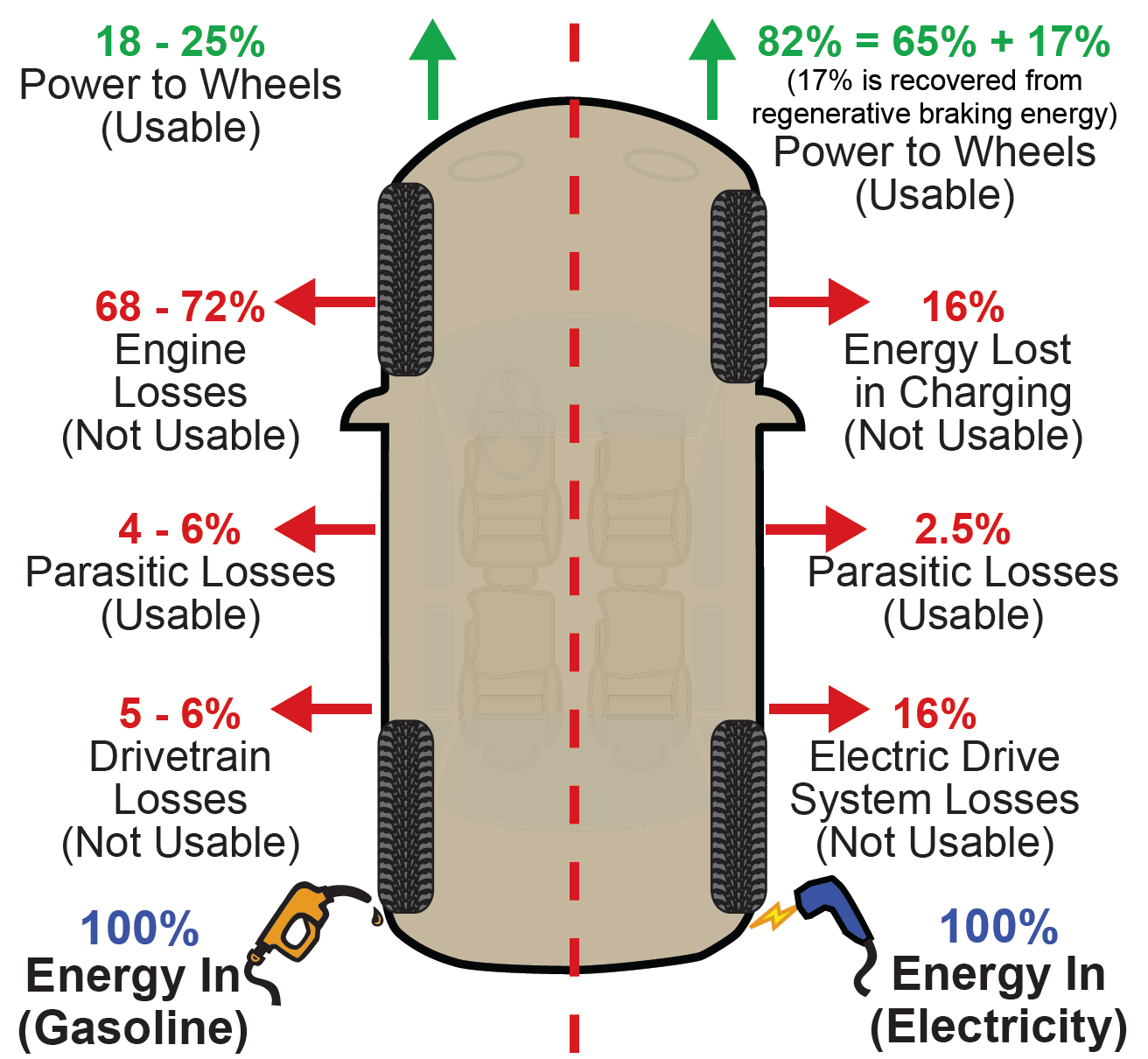Back to Course
How Cars Work
0% Complete
0/0 Steps
-
Introduction - How Cars Work
-
Objectives - How Cars Work
-
Automotive Timeline3 Topics
-
How Cars Work6 Topics
-
Fuels and Designs3 Topics
-
Engine Identification2 Topics
-
Vehicle Identification6 Topics
-
Parts and Systems2 Topics
-
Careers3 Topics
-
Summary - How Cars Work
-
Activities - How Cars Work2 Topics
-
Review - How Cars Work
-
Test - How Cars Work1 Test
Lesson 4,
Topic 1
In Progress
Conservation of Energy
Lesson Progress
0% Complete
Vehicles need energy to move. The energy used is commonly gasoline, diesel, or electricity. A key concept to understand is that energy cannot be created or destroyed in the vehicle, it is just converted from one form to another. This is called the law of conservation of energy in physics (specifically in a closed system). Gasoline vehicles are not very efficient at moving down the road. They don’t destroy energy, but they lose energy. These losses occur in the engine, drivetrain, braking, overcoming the wind (aerodynamic drag), rolling resistance (tires contacting the road), and running accessories (parasitic losses). The energy into the system is going to equal the energy out of the system, even if some of it is unwanted and not usable.


